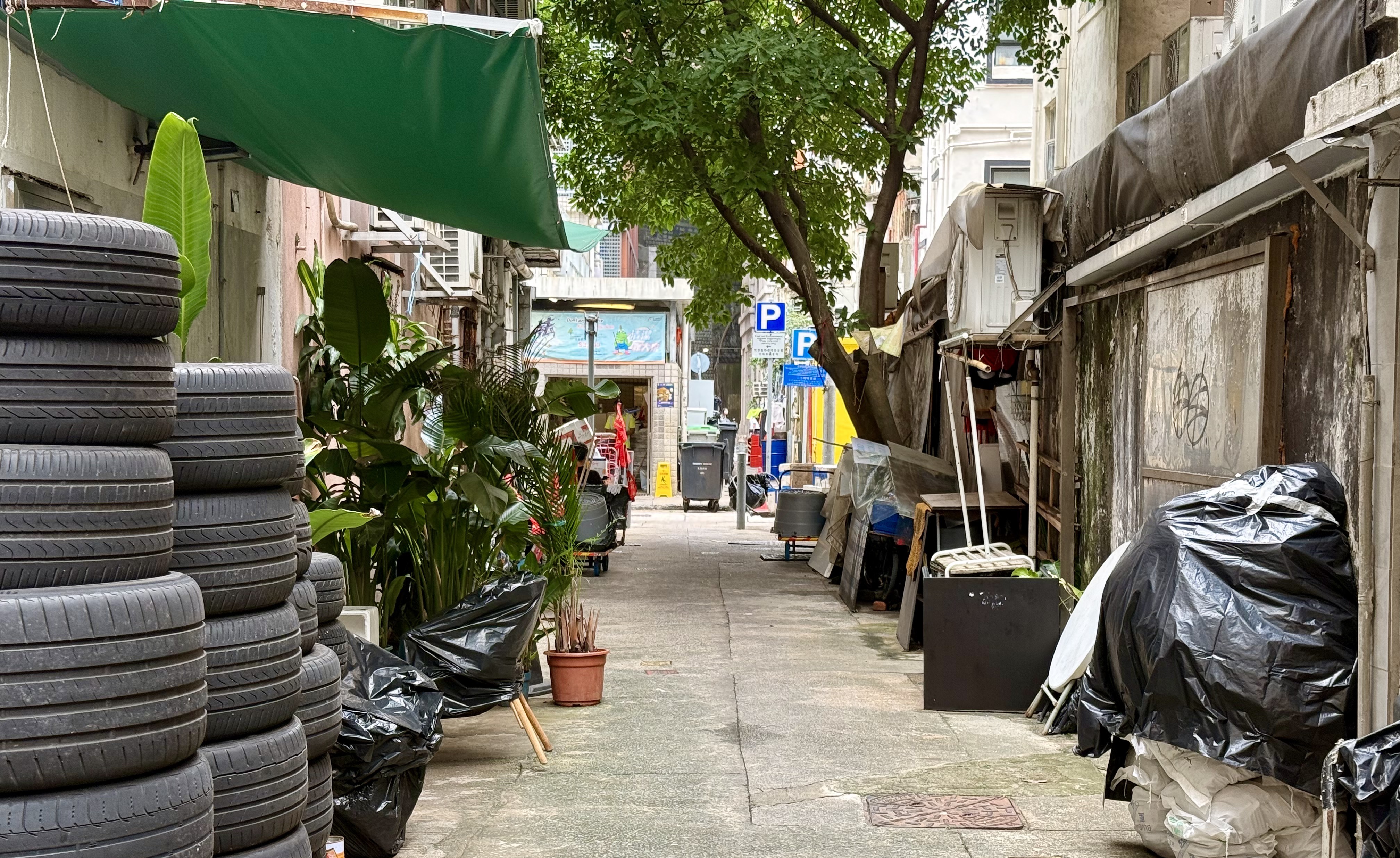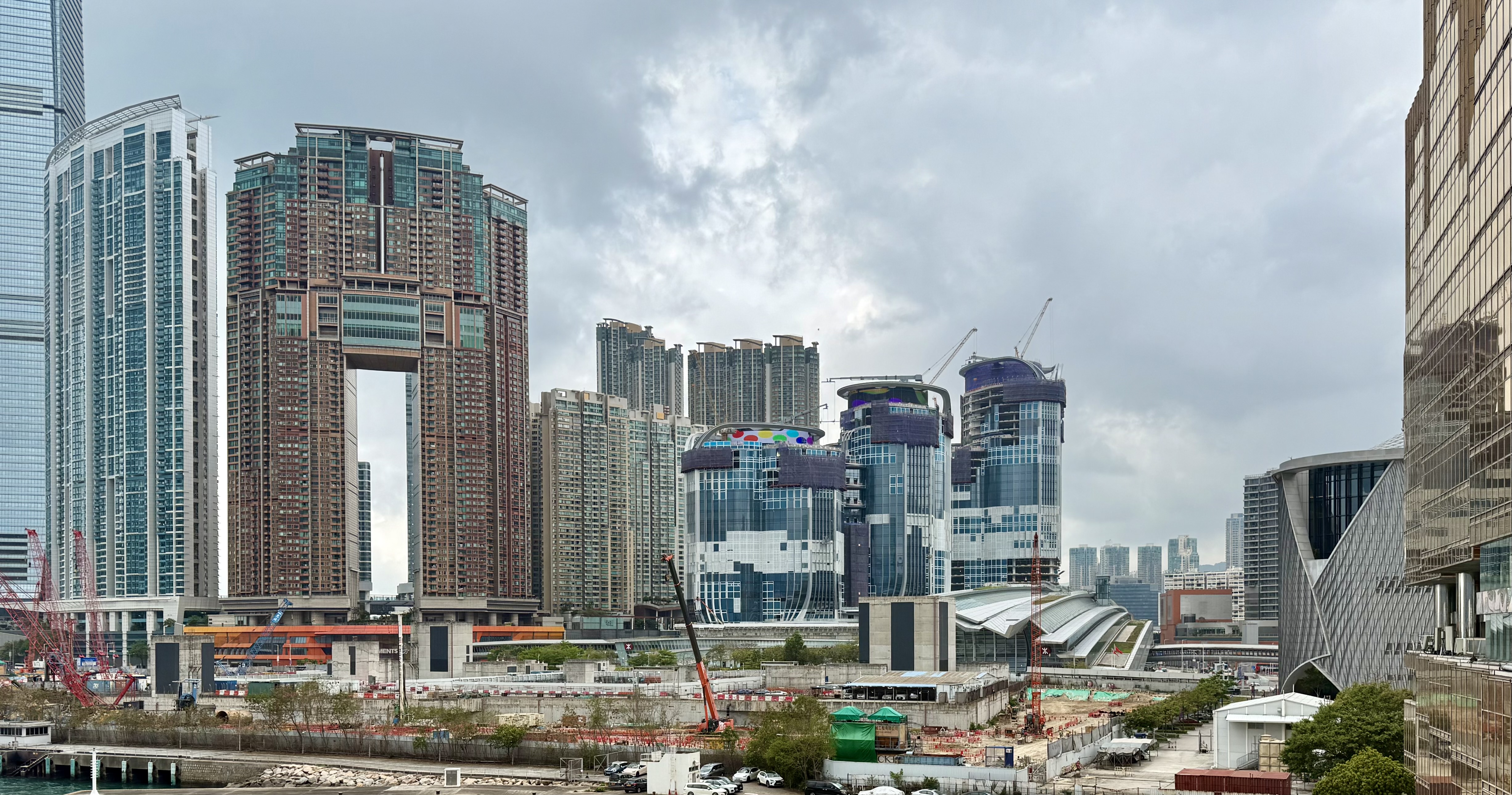“Tracey’s voice is so lovely,” a friend writes. He’s hearing Amplified Heart for the first time, on vinyl. I’m celebrating the ability to share something with someone. I’m celebrating the ability to physically give things, in the way share used to be meant. In the modern world physical goods are equally a gift to the sender: the delivery of vinyl nearly demanding a response, nearly demanding a listen.
Mentioned a half dozen times on this site already, the nineteen ninety four album remains in my top five records. First given to me in Kawaguchi in two thousand two, in the era of ripping minidiscs of friends’ CD’s, Everything But the Girl’s perfect album has soundtracked much of the intervening twenty years. It’s still something I reach for on waking with space and time, on Saturdays or public holidays.
Playing “Troubled Mind” this morning after the above text, it matched my own brain so well, befuddled from working till two am.
I remember that song from nights spent watching the Saikyo line pass from my Yonohonmachi balcony. It was the first train line I’d ever lived near enough to see out the window. My vision of a “goods train” was built on the sound of that line blended with the coal trains that ran up the shore of Cayuga to the power plant in my youth, on whose path we would flatten pennies.
Two weeks ago we played Joan Armatrading in our tiny Tokyo apartment, the central lyric ringing out through open screens.
“You called all the way from America, and said I’ll soon be home girl.”
The record, well loved, is a gift carried from that country to this, from one home to another. The joy of music in physical form demanding a spin, demanding entrance into the space we share. And the words, long a Saturday morning favorite in our Hong Kong homes, feel both familiar and brand new.
The soundtracks of our lives are intentional, self-created structures of repetition that anchor elements of the people we once were to our current selves. My dozens and dozens of plays of Jai Wolf’s remix of Kiiara’s “Feels” are tied so specifically to the weekend in Shanghai I first discovered it, to the metro out to Waigaoqiao for ultimate, to the type of long commutes made better with obsessions.
And yet our soundtracks are the product too of our friends, of their music overheard or shared. Our soundtracks are built in partnership during relationships, and as a response to them when they end. So often old songs long forgotten become the anchor for something new out of the coincidence of shuffle, the ease of access. Our vinyl collection in Tokyo is a strange reminder of the physical space those songs now occupy, the cardboard box that houses music that can not be listened to in Hong Kong.
Save that it can, and that our dalliance with such items is a way to anchor our listening, rather than necessary to enable it. We are working to build a new world, and that world has specific songs engraved into mornings and evenings, into the family moments and the late night ones. It’s a world of the Sound of Music, an old copy dug out of record bins near Ikebukuro, and a brand new copy of Blue purchased in Shibuya. The afternoons of sunlight on the balcony are built on copies of the Jezabel’s Brink and Star’s Set Yourself On Fire, and the evenings to Massive Attack’s Blue Lines and Burials’ self-titled debut.
Like my friend hearing Disenchanted and 25th of December for the first time in Ann Arbor, our listening is supplemented by what friends have given, from Joan Armatrading to Nirvana and Daft Punk. As we play them all in rotation we remember the friends, their gift and their intention. Some times, building block towers with Clara to tunes I know well but did not bring to this space, I look up, realizing that “Landslide” will always have a new meaning, of tiny magnetile towers tumbling, and say a silent thank you to the visitors who brought us both.

